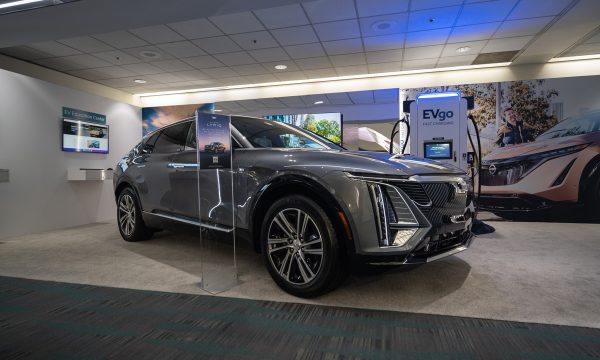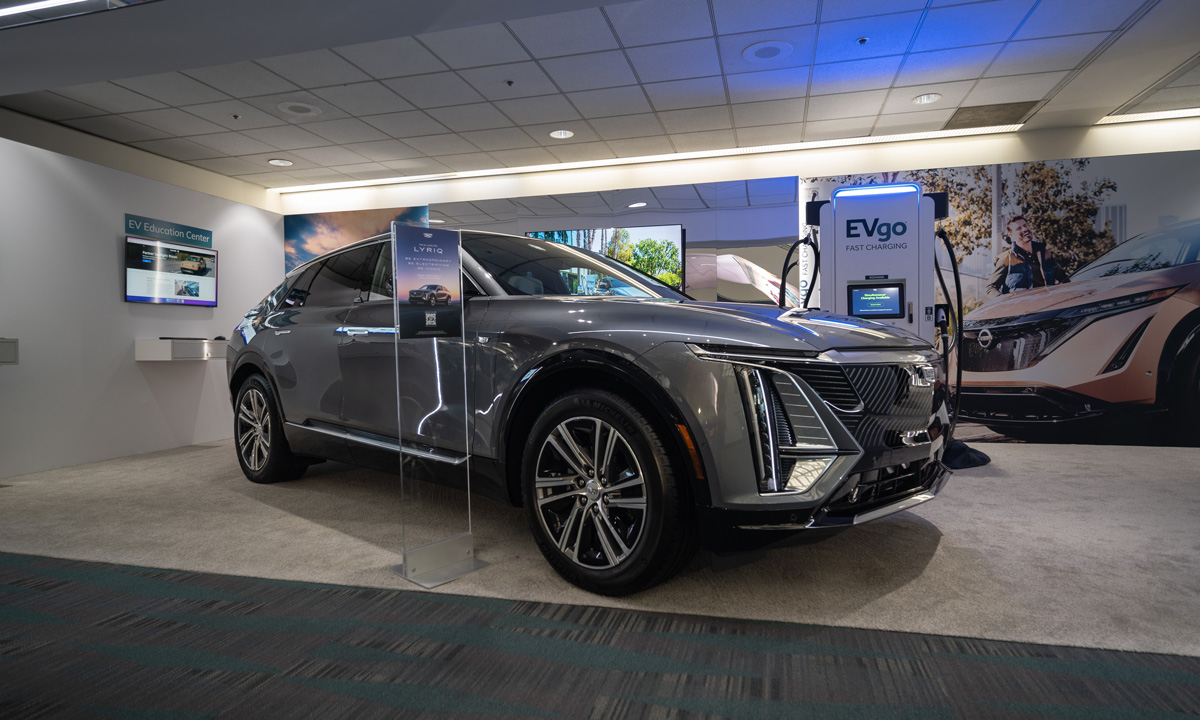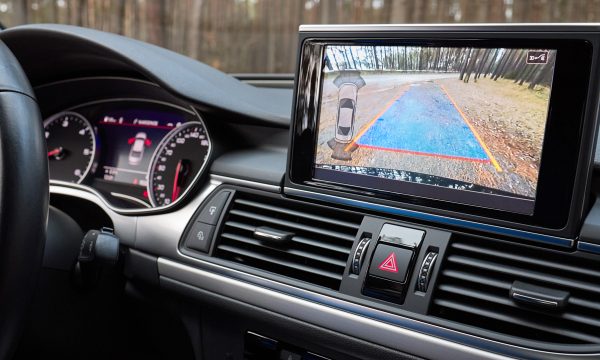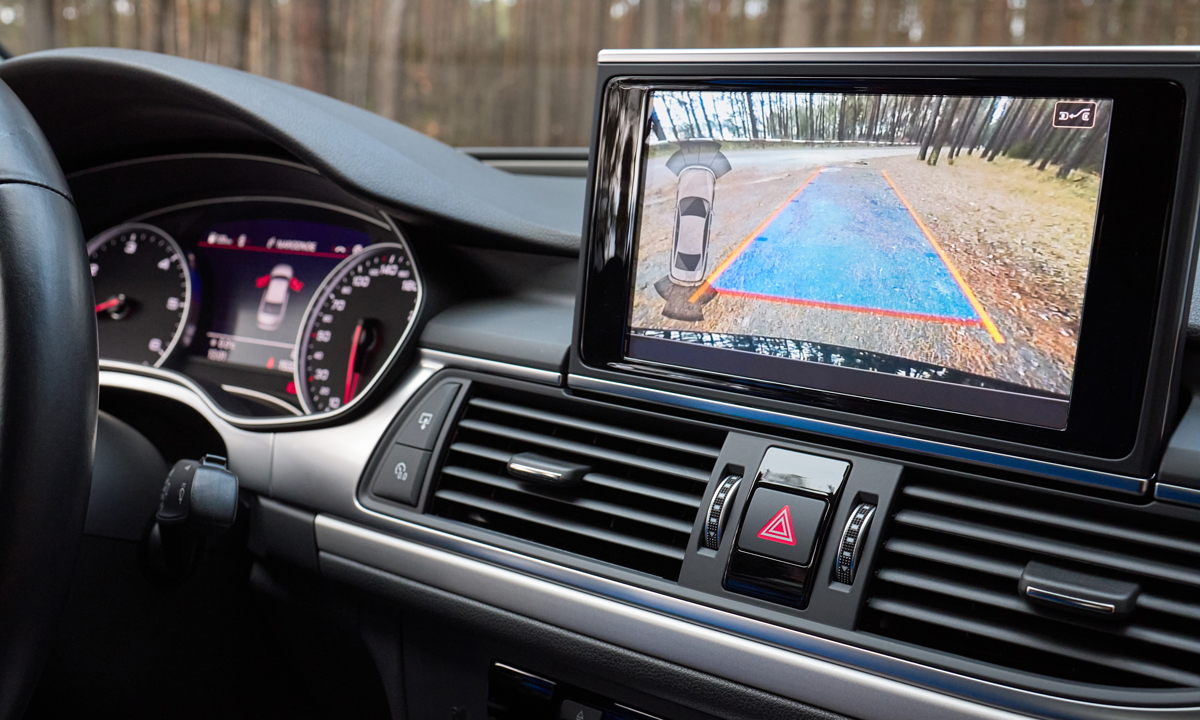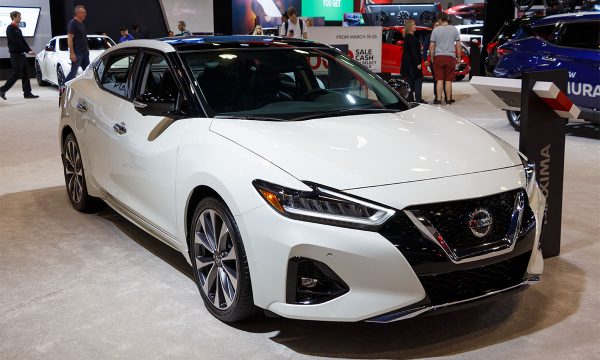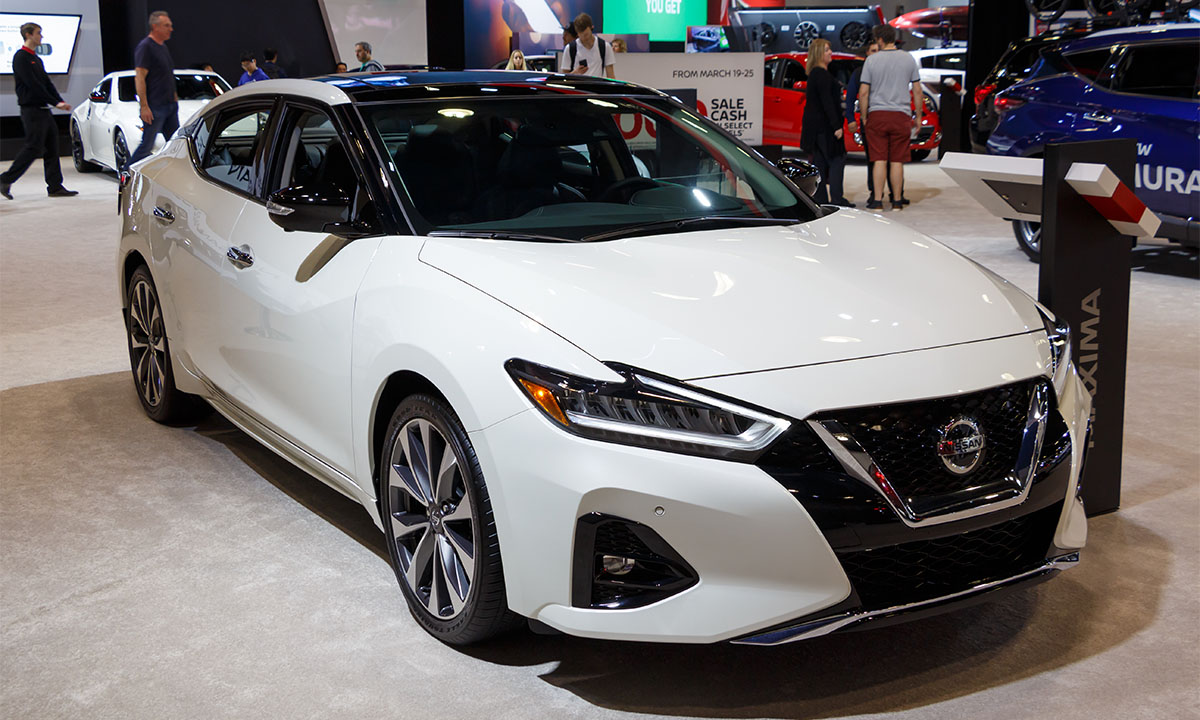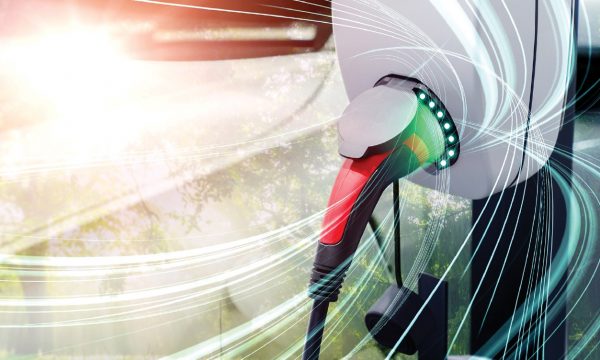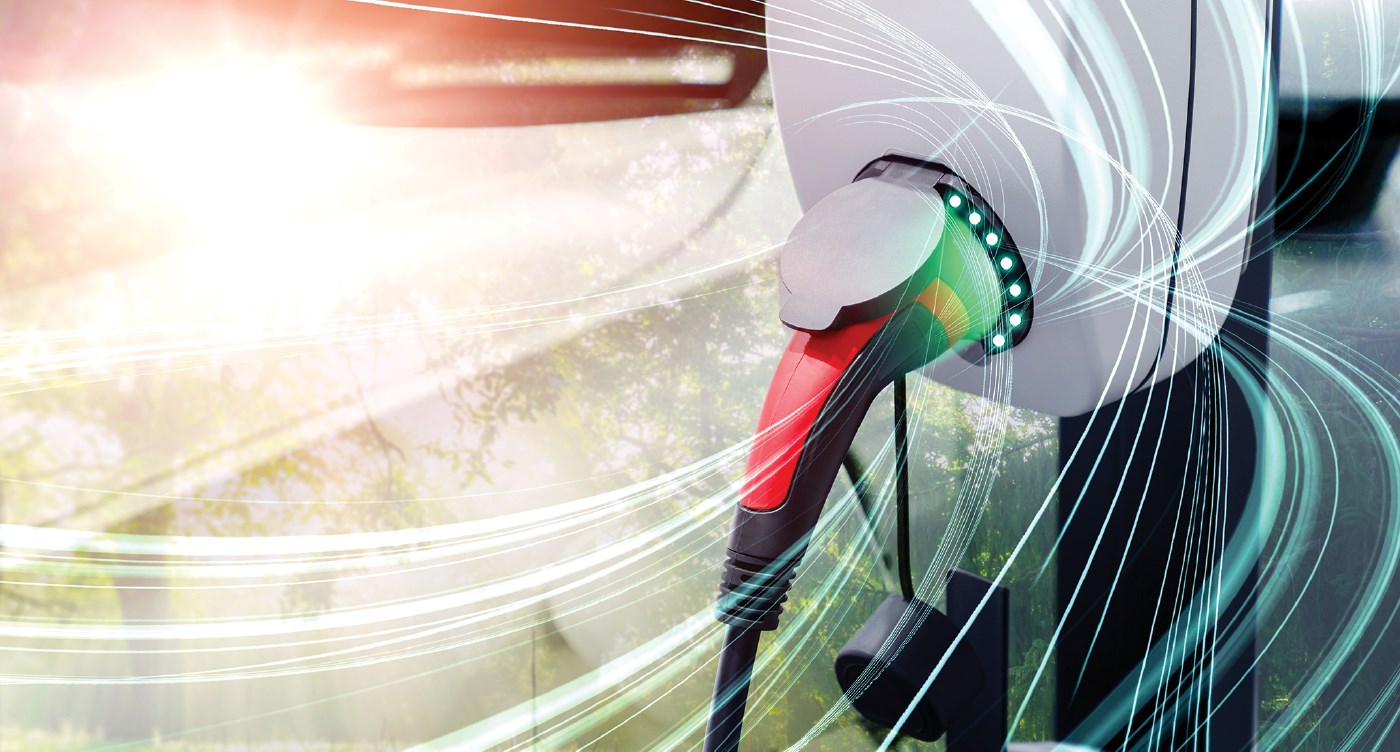Exploring the tools available to a dealership are key aspects of retaining customers
As we make our way through the early months of 2023, the new automobile sector continues to face significant challenges—that primarily come in the form of supply chain issues, a resulting lack of inventory, and pricing, at the same time we are experiencing a slowing economy.
To the frustration of many consumers and dealers, inventory remains a serious challenge as we head into the peak car-buying periods of the spring and summer.
From a price standpoint, while vehicle prices have historically increased by about 2.5 per cent per year, that figure doubled to five per cent in 2022—in part, an aspect of supply and demand, but the increasing price of auto parts has also been a critical factor. Unfortunately, as in the case of many other consumer goods and products, these additional costs are passed onto the consumer.
Another serious issue impacting consumer spending is the present economic outlook and skyrocketing interest rates that have increased borrowing costs and impacted spending decisions. Most analysts predict the economy will continue to decline this year and slowly rebound early in 2024. While this scenario would impact auto sales for the rest of 2023, if there is a silver lining, it would allow vehicle inventories and delivery times to normalize during the same period.
So, how are dealerships working to retain or win over new customers in this challenging auto market? It starts with managing expectations and being realistic about new car inventory. It means ensuring that we are helping a customer identify the vehicle that best meets their needs and lifestyle and educating them about the benefits of the latest innovation or technology.
Exploring the tools available to a dealership are key aspects of retaining customers and attracting new or potential buyers.
One critical aspect is having a strong presence on the three social media giants: Facebook, Instagram, and Twitter. Instagram is great for posting photos of your new vehicles or staff at automotive events. Facebook is a great place to promote your website, ask your followers questions, and share positive user-generated content about your business. Twitter is ideal if you’re posting concise content, including changes to your operations or a link to your latest automotive blog post.
Posting on a regular basis will enhance a dealership’s exposure without bombarding users with excess information. And of course, there are other tools such as CARFAX, which is accessible on a variety of devices, and allows consumers to browse inventory while also establishing a baseline value of their current vehicle.
Another aspect is a user-friendly and visually appealing website. It should be easily navigable on all devices, including tablets, computers and phones. The text should be easy to read and the images should be high quality and load fast. At the top of the main page, have a vehicle search engine that filters vehicles by year, make, and price. Just below it, have photos of and webpage links to your best-selling vehicles.
From a content standpoint, ensure your vehicle information, hours of operation and contact information is up to date. Finally, with the seamless click of a button, users should be able to contact your business or find it on a map.
And because reputation is everything, manage your online reviews, which are typically posted on Facebook, Yelp and Google. While it’s reassuring to get great reviews, inevitably you’ll get some negative ones too. Address these immediately to show your business is responsive and trustworthy with a courteous and thoughtful response. Have a clear understanding of how or if you can address the concern and try resolving it “offline” when possible.
It is often said that with every challenge comes an opportunity. The past two years have presented some significant challenges—but just as our sector has evolved to face every previous challenge, there is every reason to believe we will navigate through our current challenges and come out more resilient.




